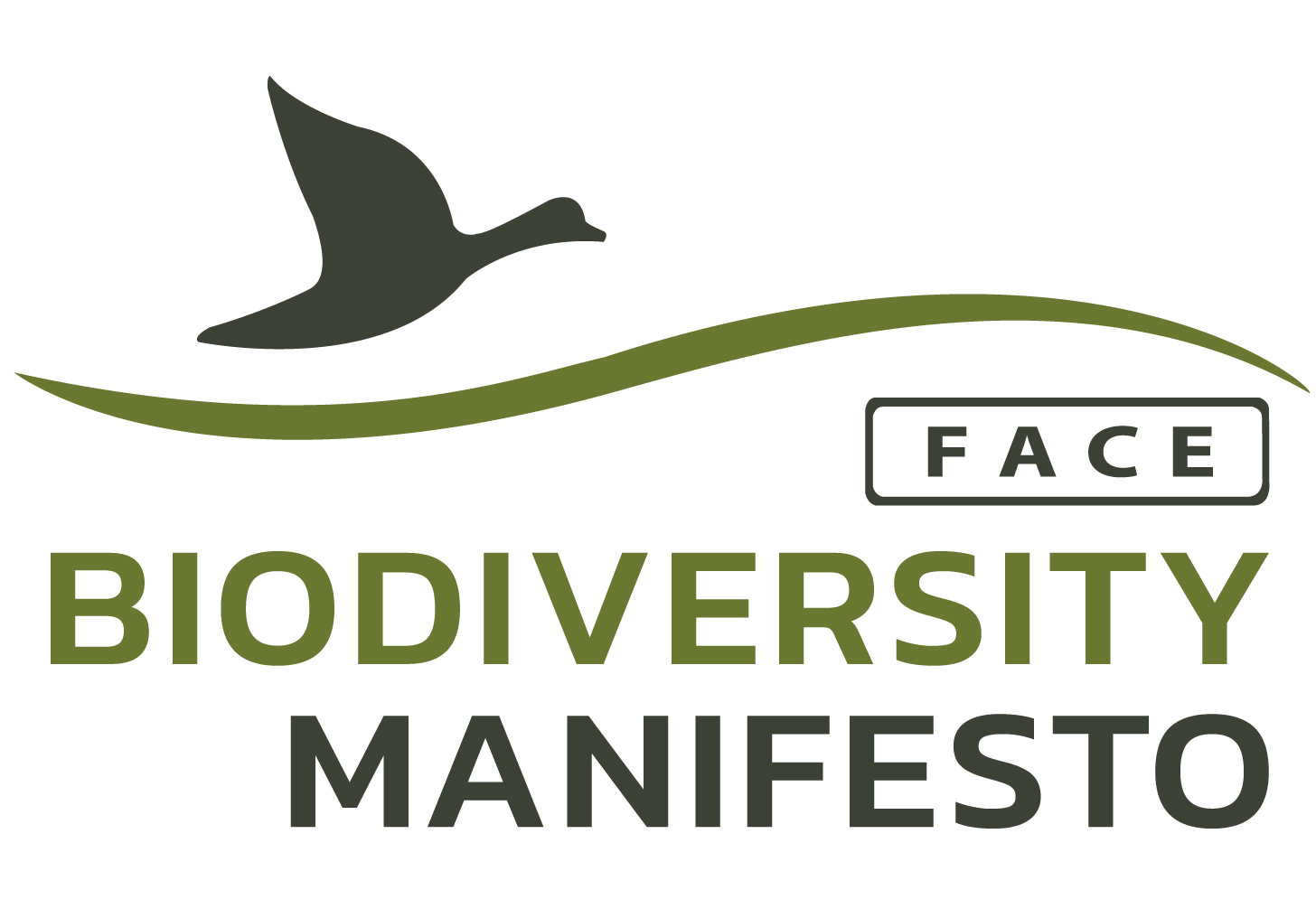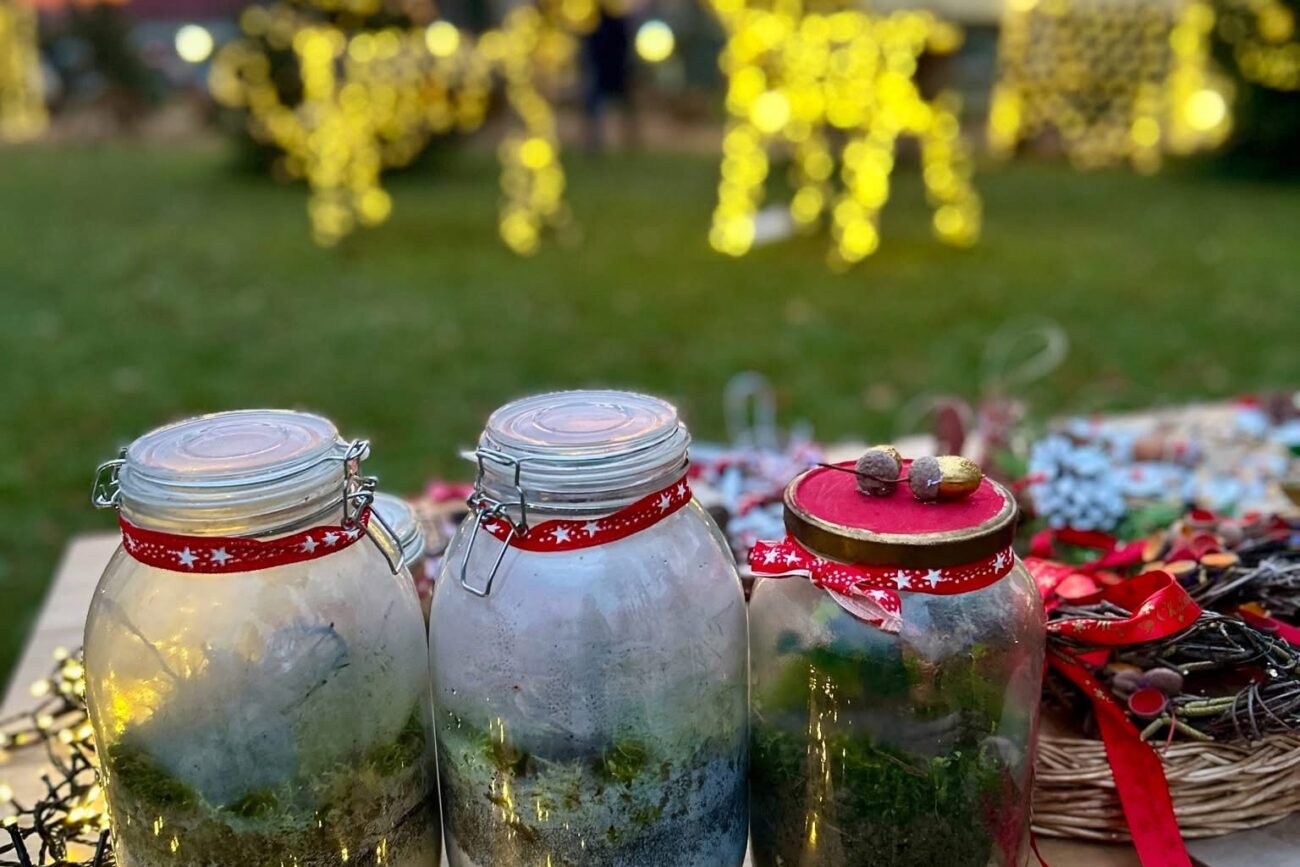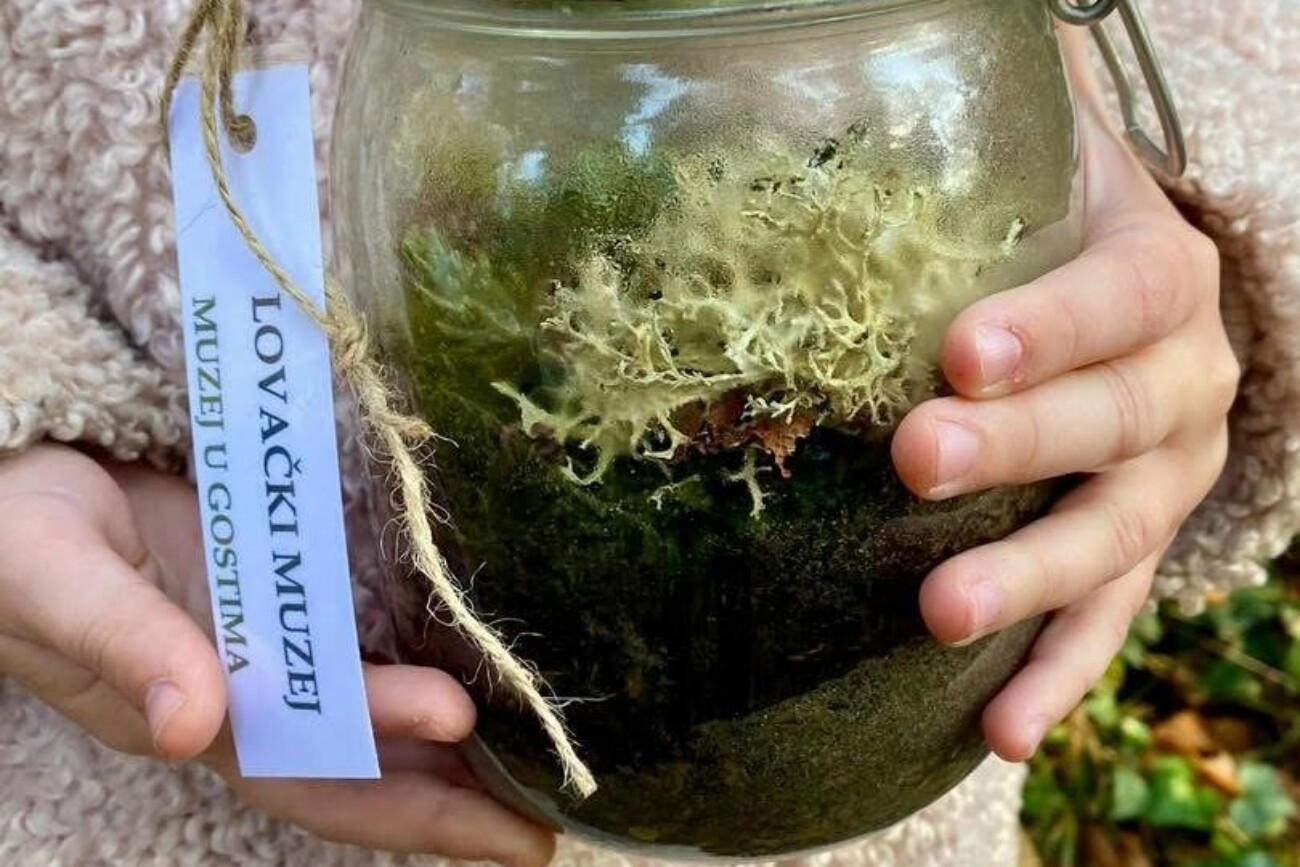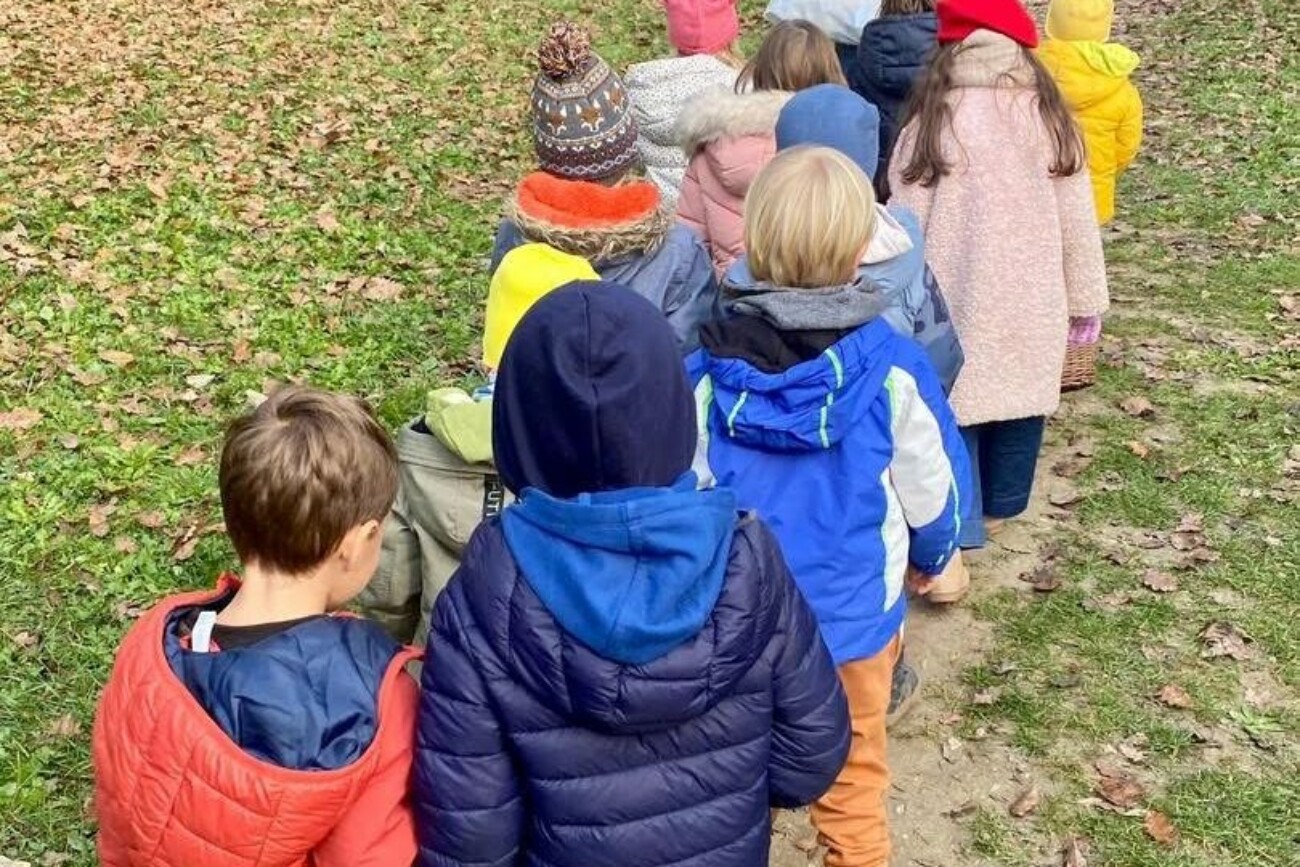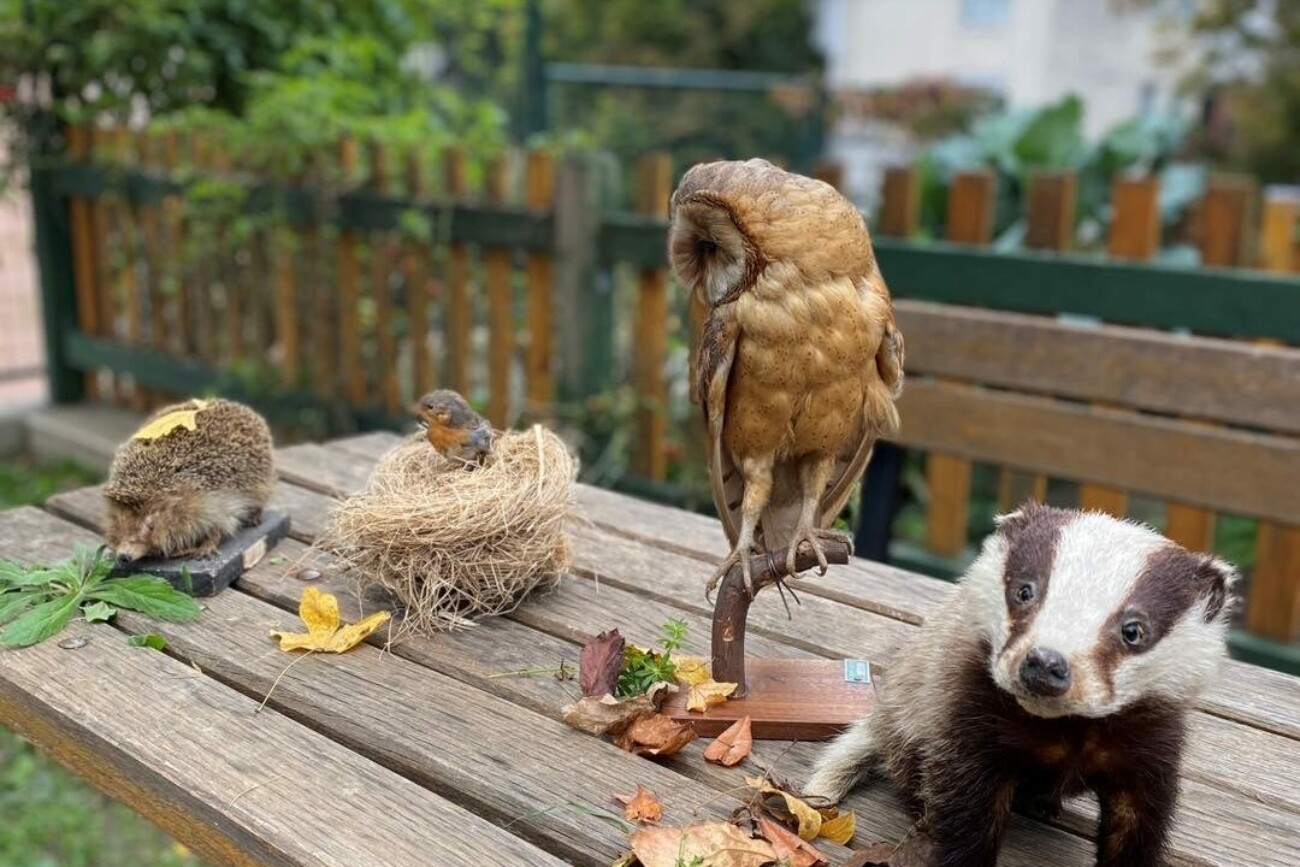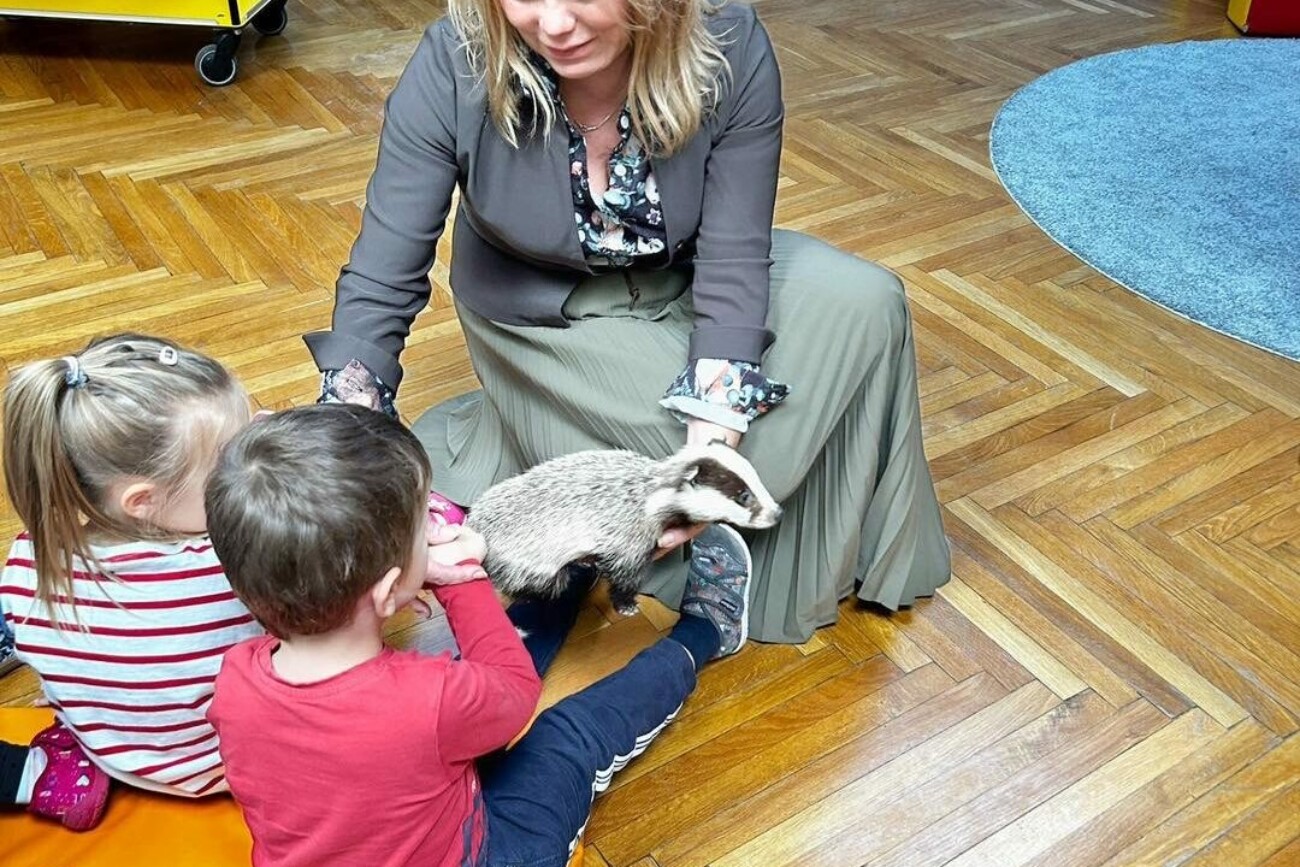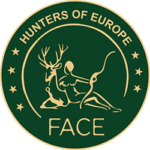At the beginning of October in 2024, the Hunting Museum in Croatia launched the program “Museum Visits”. The goal of the program is to present the work of the museum to educational institutions and to develop better mutual cooperation. For the initial phase of the “Museum Visits” program, kindergartens and schools in the immediate neighborhood were selected.
Through a series of visits with children from elementary schools and kindergartens in Tuškanac, Pantovčak, and the Upper Town of Zagreb city, students and children had the opportunity to participate in an engaging educational program showcasing the most common wild animals native to our local area.
The program also included educational institutions that care for children with developmental difficulties and those that operate under social policy and educational programs. Given the specific nature of their educational groups, most of the “Museum in Guests” visits were conducted with these children in small groups, with special attention paid to their individual needs (hearing children with autism, children with intellectual disabilities, children with mobility issues, visually impaired and blind children, etc.).
A total of 17 visits were held over the course of one month, during which children were introduced to wild animals from the Hunting Museum’s collection—animals that can be found in the Tuškanac Forest Park and on the slopes of Sljeme. The focus was on how these animals survive the winter and how we can help care for them, as the program was implemented just before the arrival of winter.
Each visit included workshops, mainly art-focused, related to the animals presented. For St. Nicholas Day, a children’s Advent fair was organized with children from the Tuškanac kindergarten, and for St. Lucy’s Day, a fair was held at the Jabukovac Elementary School. At both fairs, children presented handmade crafts created during the “Museum in Guests” program. We painted plates and cups with animal motifs, explored the Tuškanac Forest Park to collect materials for mini biospheres in jars, and made owls, squirrels, and hedgehogs from pine cones and dried fruit.
In conclusion, through interactive lectures, exhibitions, and workshops, the children learned to recognize different species of animals that inhabit their surroundings. By directly observing the taxidermied specimens, their experience was further enriched. All participating educational institutions supported the program, emphasizing that it was extremely interesting and beneficial for the students, as it allowed them to expand their knowledge of nature and ecology in a practical and engaging way.
